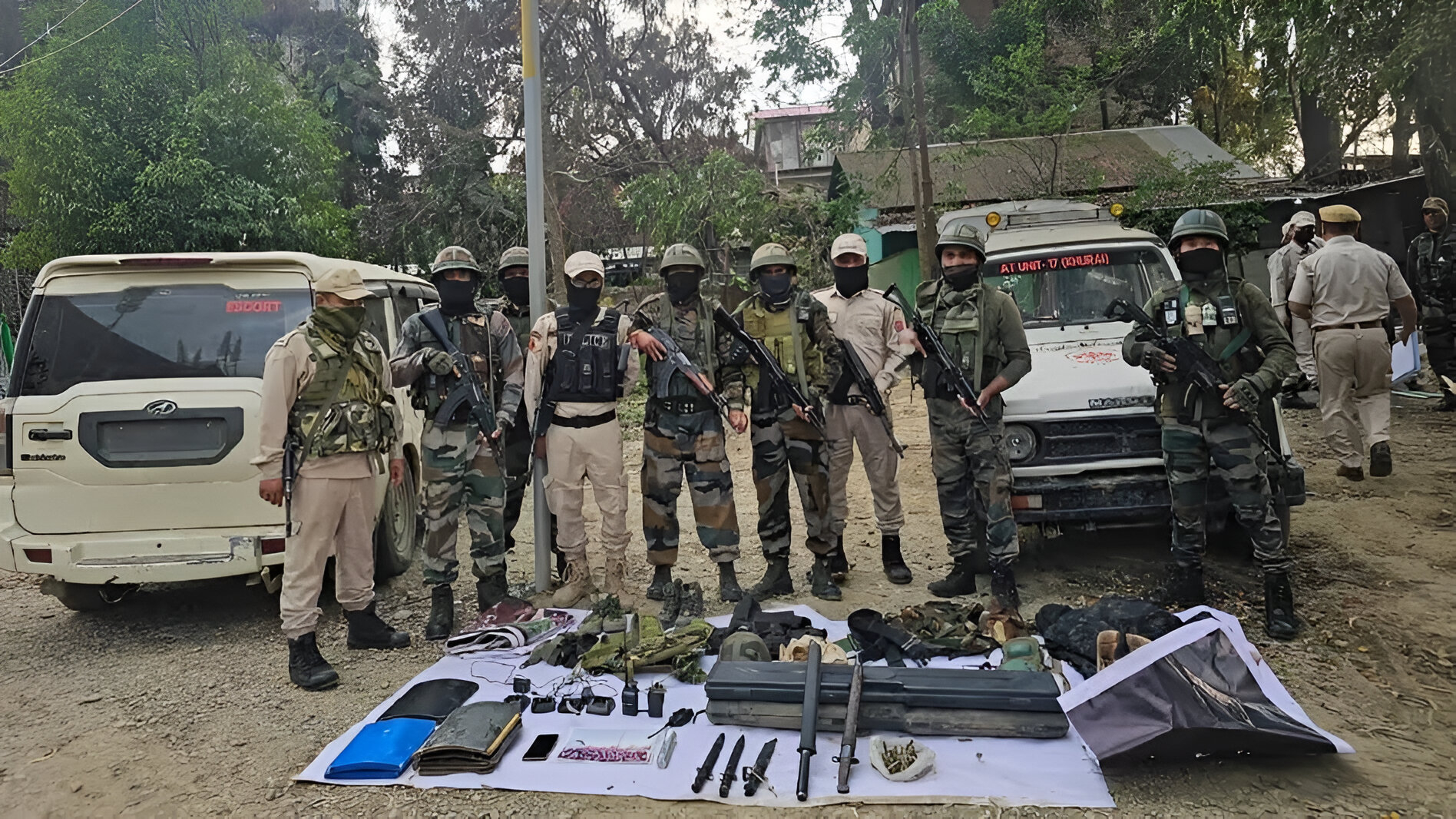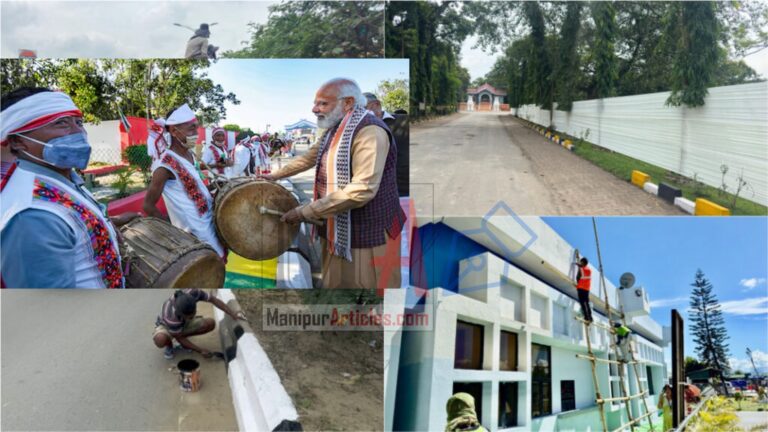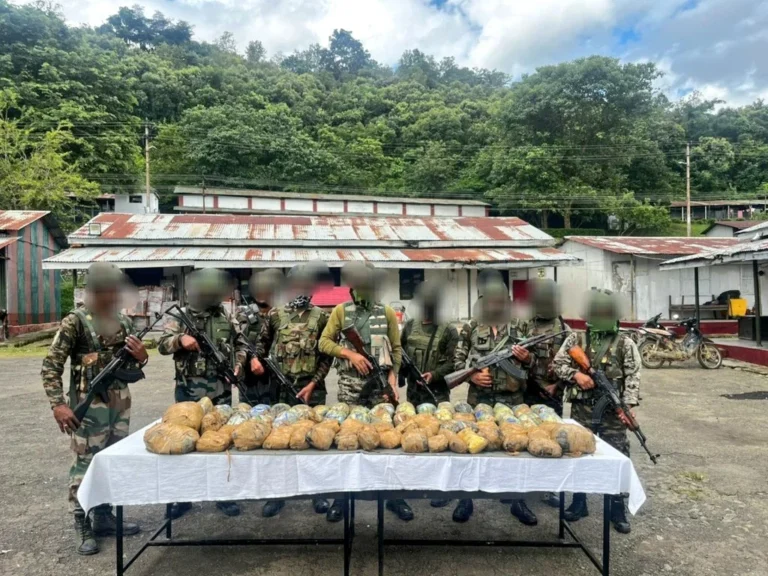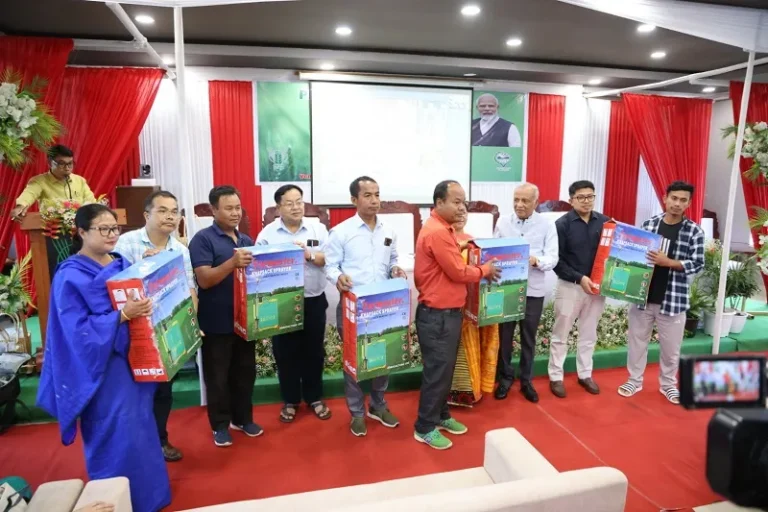Manipur’s Internal Strife: Clashes Between UNLF Cadres and Suspected Arambai Tenggol Members Leave Four Injured
Summary:
In a recent incident in Manipur’s Imphal East district, a violent confrontation occurred between members of the United National Liberation Front (UNLF) and individuals suspected to be from the Arambai Tenggol group. The clash resulted in injuries to four UNLF cadres, who are currently receiving medical treatment and are reported to be in stable condition. This event underscores the ongoing internal tensions within the Meitei community, highlighting the complexities of Manipur’s socio-political landscape.
Introduction
Manipur, a state in northeastern India, has long been a mosaic of diverse cultures, traditions, and, unfortunately, conflicts. The intricate socio-political fabric of this region has been strained by various insurgent activities, leading to challenges in maintaining peace and order. A recent incident that has brought these issues to the forefront is the clash between cadres of the United National Liberation Front (UNLF) and suspected members of the Arambai Tenggol group. This confrontation not only resulted in injuries but also shed light on the underlying tensions within the Meitei community.
Understanding the Key Players
United National Liberation Front (UNLF)
Established in 1964, the UNLF is one of Manipur’s oldest insurgent groups, advocating for the state’s independence from India. Over the decades, it has been involved in various armed struggles against the Indian government. In November 2023, a faction of the UNLF, known as UNLF (Pambei), entered into a ceasefire agreement with the central and state governments, signaling a potential shift towards peace and reconciliation. Telegraph India+1Wikipedia+1
Arambai Tenggol
The Arambai Tenggol is a radical Meitei organization that has gained prominence in recent years. Known for its assertive stance on protecting Meitei interests, the group has been linked to various violent incidents, particularly during the 2023–2025 Manipur violence. Their activities have included organizing blockades, leading mobs in Imphal, and allegedly looting armories and attacking villages. Wikipedia+3NewsBytes+3www.ndtv.com+3Wikipedia
The Clash: A Detailed Account
On March 23, 2025, in the Kongpal Chingangbam Leikai area of Imphal East district, a violent altercation erupted between UNLF (Pambei) cadres and individuals suspected to be members of the Arambai Tenggol. According to police reports, a group of 15-20 armed individuals attacked the UNLF members, resulting in injuries to four cadres. The injured were promptly taken into police custody and provided medical treatment, with reports indicating that their conditions are stable. NewsBytes+1Telegraph India+1www.ndtv.comTelegraph India
Implications of the Ceasefire Agreement
The UNLF (Pambei) faction’s decision to enter into a ceasefire agreement in November 2023 was seen as a significant step towards peace in the region. Such agreements typically involve insurgent groups laying down arms in exchange for political dialogue and potential socio-economic benefits. However, the recent clash raises concerns about the durability of this ceasefire and the challenges of integrating former insurgents into mainstream society.
Arambai Tenggol’s Rising Influence
The Arambai Tenggol’s emergence has added a new layer of complexity to Manipur’s insurgent landscape. Their radical approach and alleged involvement in violent activities have been a cause for concern among both the local populace and security forces. Notably, their actions during the 2023–2025 Manipur violence, including looting armories and attacking villages, have been documented. Wikipedia
Community Impact and Response
The recent clash has undoubtedly impacted the local communities, exacerbating existing fears and uncertainties. Residents in conflict-prone areas often find themselves caught between insurgent groups and security forces, leading to displacement, loss of livelihoods, and psychological trauma. Community leaders and civil society organizations have been advocating for peace and urging all parties to engage in constructive dialogue to resolve differences.
Government and Security Measures
In response to the escalating tensions, both the central and state governments have been working to strengthen security measures in the region. This includes deploying additional security personnel, conducting regular patrols, and engaging with community leaders to gather intelligence and build trust. However, the complex socio-political dynamics of Manipur require a nuanced approach that goes beyond mere militarization.
Path to Sustainable Peace
Achieving lasting peace in Manipur necessitates addressing the root causes of insurgency and unrest. This includes:
- Political Dialogue: Engaging all stakeholders, including insurgent groups, in meaningful discussions to address grievances and aspirations.
- Economic Development: Implementing development projects that create employment opportunities and improve infrastructure, thereby reducing the allure of insurgency.
- Cultural Preservation: Recognizing and preserving the unique cultural identities of various communities to foster a sense of belonging and acceptance.
- Educational Initiatives: Promoting education and awareness programs that encourage critical thinking and dissuade youth from joining insurgent groups.
Conclusion
The clash between UNLF cadres and suspected Arambai Tenggol members serves as a stark reminder of the fragile peace in Manipur. While ceasefire agreements are steps in the right direction, they must be accompanied by comprehensive measures addressing political, economic, and social dimensions to achieve sustainable peace. It is imperative for all stakeholders to come together, engage in dialogue, and work towards a harmonious and prosperous Manipur.
FAQs
Q1: What triggered the recent clash between UNLF cadres and suspected Arambai Tenggol members in Manipur?
A1: The clash was triggered by an encounter between UNLF cadres and suspected members of the Arambai Tenggol group in a forested area, highlighting long-standing ideological and territorial disputes.
Q2: How many individuals were reported injured during the confrontation?
A2: Four individuals were reported injured during the recent clash.
Q3: What are some underlying factors contributing to the frequent clashes in Manipur?
A3: Political instability, ideological divides, ethnic tensions, socio-economic disparities, and the region’s strategic geography are key factors fueling the ongoing unrest in Manipur.
Q4: How are local communities in Manipur responding to the recent violence?
A4: Local communities have shown resilience by organizing peace marches and community dialogues while expressing concern over security and the impact of violence on everyday life.
Q5: What steps can be taken to prevent future clashes in the region?
A5: Initiatives such as fostering dialogue between conflicting factions, implementing comprehensive socio-economic reforms, enhancing law enforcement capabilities, and promoting inclusive governance are seen as crucial steps toward preventing further violence.





